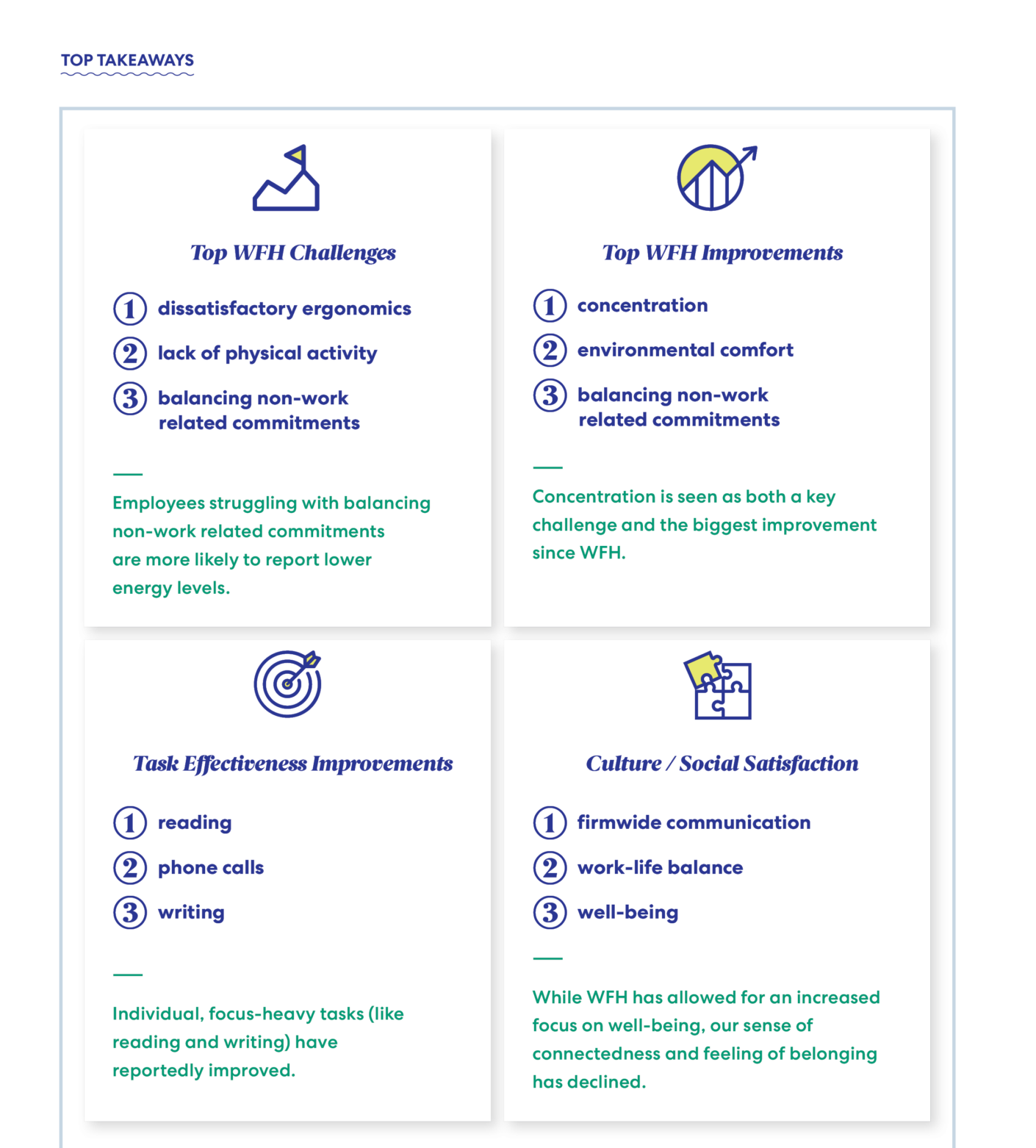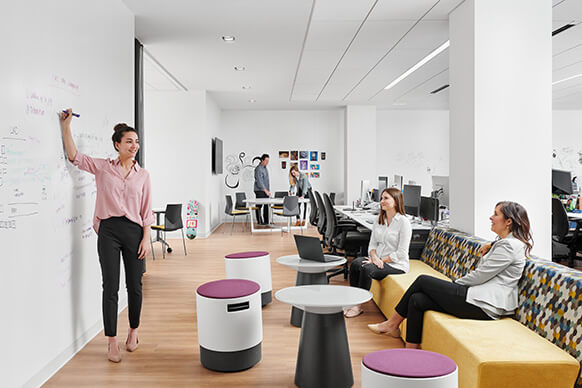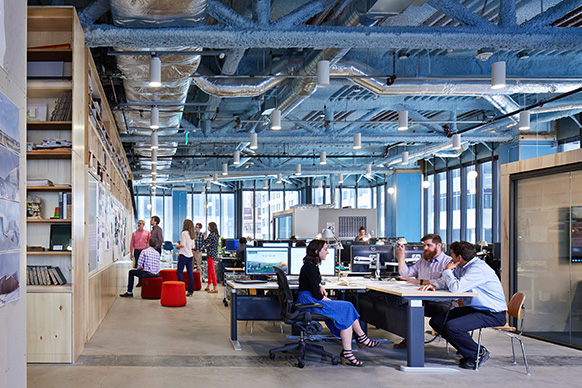The COVID-19 pandemic has forced half of all employees in the United States to work from home since the middle of March. This understandably has many organizations wondering how this will impact their workplace and their future real estate needs. In some cases, the unknowns can be paralyzing, as we don’t know when a vaccine will be brought to market or even if a future vaccine will allow us to return to normal. In a world filled with increasing uncertainty and unknowns, how do we productively plan for an uncertain future?
While we can’t predict the future, we can learn how to “rehearse” it to be more prepared. Scenario planning is strategic tool used by many organizations to design and plan for multiple futures of workplace and real estate in the face of uncertainty and change—and it is now more necessary than ever. Evaluating each scenario’s impact, cost and complexity provides a framework for decision making and modeling with concrete actions and outcomes. A road map can help address our burning questions, providing a sense of control and comfort.






